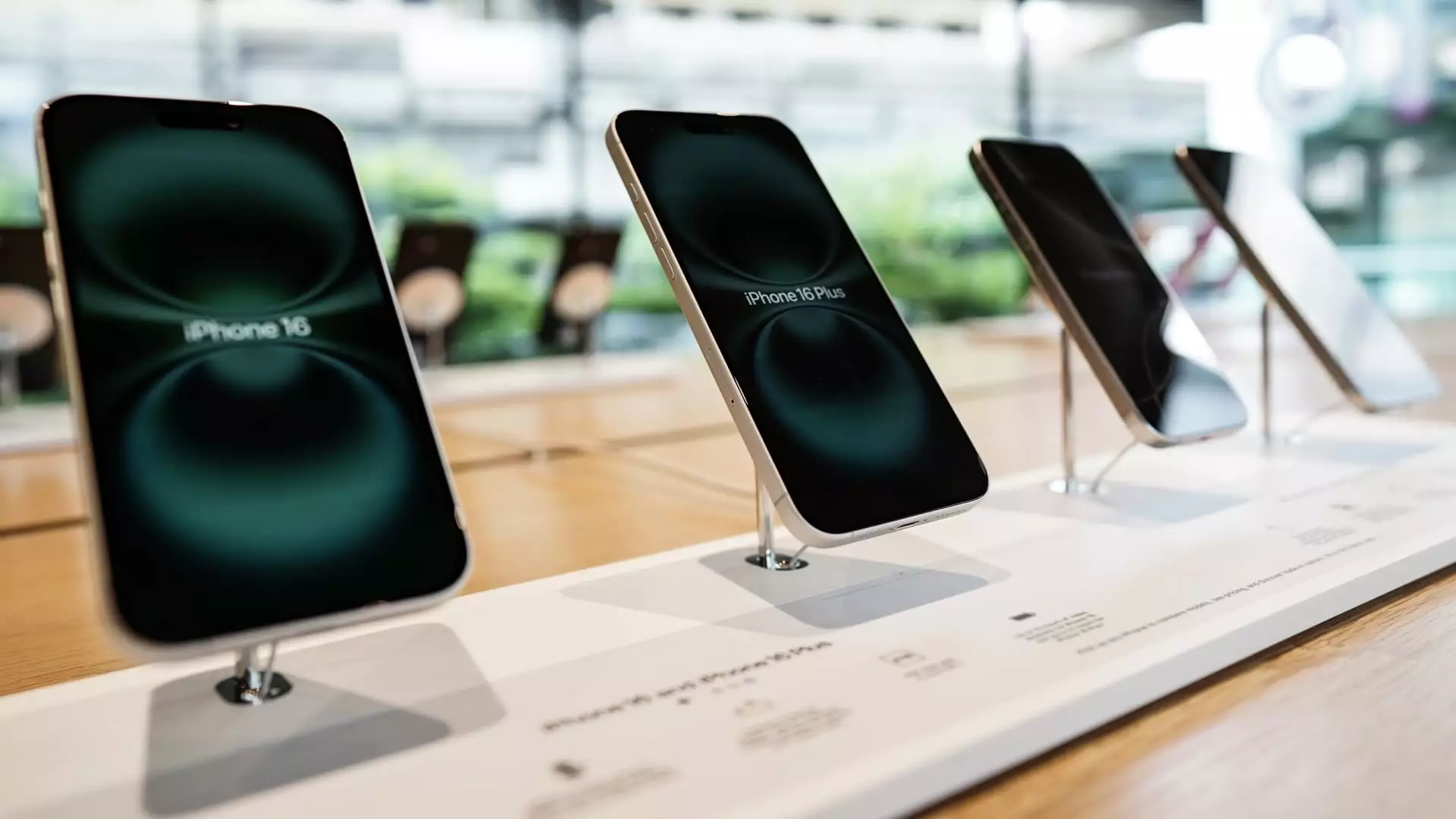In a world increasingly defined by complicated international trade dynamics, the whispers of moving iPhone assembly from China to India can be compared to a sparkling mirage in a dire desert. Leading analyst Craig Moffett has raised crucial questions about the feasibility of this rumored strategy, arguing that it is more of a dream than a practical solution. While the Financial Times initially stirred excitement with its report that Apple aims to transition a significant portion of its production to India by next year, Moffett’s analysis offers a starkly contrasting narrative. His skepticism shines a spotlight on the lingering complications that tariffs present, suggesting that merely relocating assembly won’t substantially reduce costs.
The reality is that many essential components for the iPhone are still produced in China. Consequently, the very foundation of this production shift unravels when you acknowledge that tariffs will continue to loom over the costs of these imports. Moffett highlights that moving assembly lines without addressing the underlying issue of where parts are manufactured runs the risk of becoming a symbolic gesture rather than a financial boon.
The Supply Chain Quagmire
Another layer of complication in this narrative is the entrenched nature of Apple’s supply chain. For years, China has not just been a manufacturing hub; it has become an interwoven tapestry of parts suppliers and logistics networks that are simply irreplaceable overnight. Moffett outlined a significant barrier: Apple’s supply chain will continue to be anchored in China, and any attempted diversification will face substantial inertia.
Moving production to India might introduce a fresh set of logistical challenges, including untested partnerships, infrastructure hurdles, and, most critically, local workforce learning curves. In other words, while a geographic shift could theoretically spread risk, it may also invite operational chaos. Any analyst looking into the future must not crave simplicity when the continuation of complexity is a given.
Consumer Demand Under Fagade
A more troubling issue surfaces when one analyzes the implications for consumer demand. Even if Apple does shift a portion of its assembly to India, the rampant price increases catalyzed by tariffs will inevitably fall on the consumer’s shoulders. Moffett aptly notes that we are witnessing something of a silent demand destruction; a phenomenon where potential buyers are either forced to postpone their purchases or reconsider their options altogether as prices swell.
With the recent admissions from major carriers like AT&T and Verizon that they will not absorb costs attributable to tariffs, the implication is clear: All increases will be pushed to consumers. This will likely lead to longer holding periods for devices, slower upgrade rates, and ultimately diminished sales volumes. Given that Apple has built its consumer empire on repeat purchases and brand loyalty, any significant shift in this equation could erode years of careful customer cultivation.
Geopolitical Headwinds
Moreover, the elephant in the room remains China’s growing sentiment against U.S. corporations amid ongoing trade tensions. Moffett has emphasized that negative sentiment towards Apple in China over U.S. tariffs could be detrimental to their market share. With native competitors like Huawei and Vivo gaining traction among consumers, reliance on a shaky geopolitical landscape becomes a precarious gamble for Apple.
Apple’s hefty market capitalization and extensive consumer loyalty in China can’t mask the risk of losing footing to competitors who are more aligned with local interests. If social and political conditions continue to shift, our beloved iPhones could become luxury items that fewer Chinese consumers can justify purchasing, further complicating Apple’s already tenuous market position.
The Reality of Valuation
Despite Moffett’s rather gloomy outlook on Apple’s projected path, it’s critical to approach this analysis with the nuance it deserves. Much of the concern lies not in Apple’s core business model but in its market valuation. He rightly points to the alarming disconnection between a superb balance sheet and a significantly inflated stock price, leading to potentially disastrous implications for investors.
In an era where every dollar counts, apple enthusiasts must grapple with the uncomfortable truth: Valuation matters. Maintaining high expectations may ignore the signs of a market that’s reaching a potential saturation point. In a market conditioned to rapidly evolving technology, the question isn’t whether Apple can lead but how long its strategy can withstand these mounting pressures from all sides. The equation is not as simple as moving assembly; it’s a multi-faceted dilemma that could come crashing down if investors, policymakers, and Apple itself don’t think critically about the road ahead.

